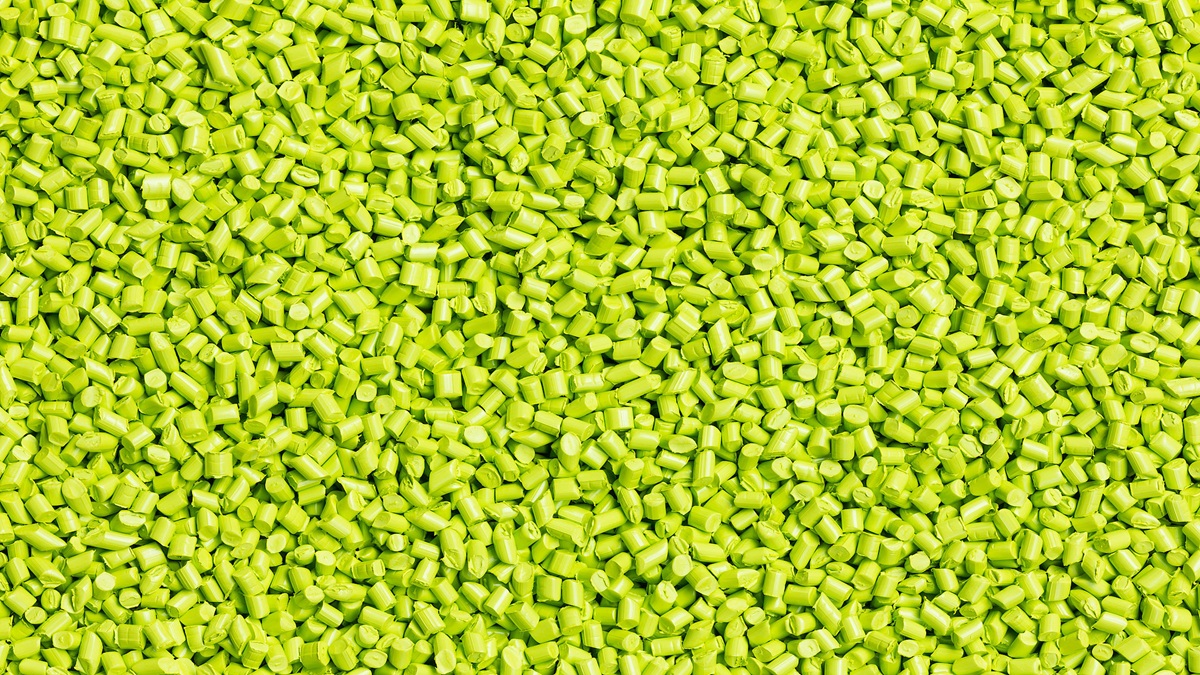Plastic recycling has become a critical part of the circular economy, with recycling processes ensuring that plastics are repurposed for new products. However, before the pellets can be created, plastics must undergo thorough cleaning. This cleaning process plays a crucial role in the overall pelletizing procedure, which ultimately affects the quality of the final product.
The Importance of Plastic Cleaning Before Pelletizing
Pelletizing is a process where recycled plastic is melted, formed into small cylindrical shapes, and then cooled into plastic pellets for further use. For this process to work efficiently, the plastic must be cleaned to remove contaminants such as dirt, oils, and residual chemicals. Without proper cleaning, these contaminants can cause defects in the pellets, leading to poor quality, inconsistent product batches, and even damage to the machinery.
How Plastic Cleaning Affects Pellet Quality
Clean plastic particles ensure the uniformity and quality of the final pellets. Contaminants can interfere with the consistency of the melt and create defects such as air bubbles or discoloration in the pellets. Additionally, excessive residue or contaminants can lead to clogging or corrosion in the pelletizing machinery, reducing its lifespan and increasing maintenance costs.
Key Plastic Cleaning Methods in Pelletizing
There are several methods used for cleaning plastics before pelletizing, each suited to different types of contaminants and plastic materials. These methods include:
- Mechanical Cleaning:
This method uses physical equipment such as air blowers or vibrating sieves to remove large debris and particles from the plastic.
- Solvent Washing:
Solvent-based cleaning removes oils, inks, or other chemical residues from the plastic surface.
- Hot Water Cleaning:
- This involves using hot water combined with detergent to clean off contaminants that are soluble in water.
- Ultrasonic Cleaning:
An effective method for cleaning finer or more delicate materials, using high-frequency sound waves to agitate cleaning solutions that remove smaller contaminants.
Impact of Clean Plastics on Pelletizing Efficiency
In the pelletizing process, clean plastics not only improve the quality of the pellets but also contribute to higher processing efficiency. Clean plastic material ensures that the melt flows consistently through the extrusion die, reducing energy consumption and wear on equipment. Additionally, cleaning helps to prevent material jamming or clogs, which can slow down the entire production line.
Environmental Considerations in Plastic Cleaning for Pelletizing
Plastic recycling is crucial for sustainability, and cleaning plays a vital role in ensuring that the recycling process does not harm the environment. Solvent-based cleaning, for instance, requires careful management to avoid the release of harmful chemicals into the environment. To minimize the ecological footprint, companies are increasingly turning to eco-friendly detergents, water-based cleaning systems, and energy-efficient processes.
Conclusion: Ensuring Efficiency and Sustainability Through Plastic Cleaning
Plastic cleaning is a crucial step in the pelletizing process, ensuring both high-quality final products and efficient, sustainable production. By adopting effective cleaning methods, manufacturers can enhance the overall performance of the recycling process, reduce operational costs, and contribute to a more sustainable recycling system. The right cleaning solutions will not only improve pellet quality but also support the broader goals of plastic waste reduction and circular economy development.








.png)




